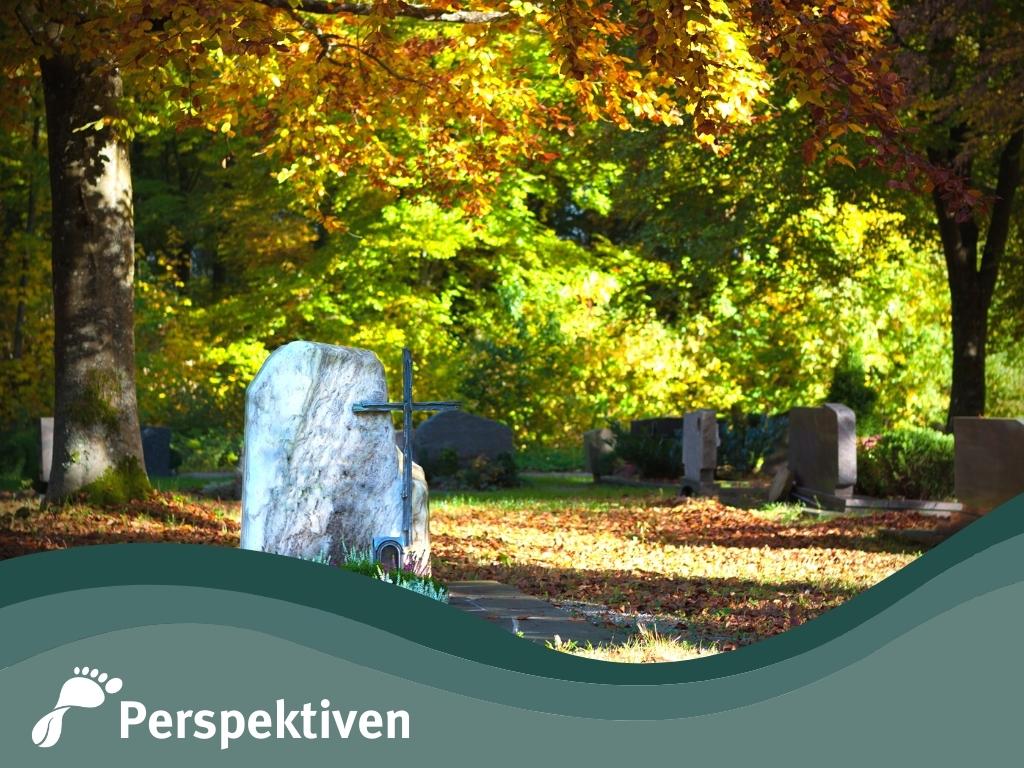The last CO2 footprint

How sustainable are common burial methods
Our usual burial methods - wherever they may take place - are cremation or the classic variant. A natural burial is not the same as a biological (sustainable) burial. Are there alternatives?
The amount of trees needed to produce coffins in North America alone each year could bind 65 million tons of carbon dioxide. The steel used could build the Empire State Building 2000 times over - not to mention the formaldehyde used in embalming (which - for various reasons - is rarely used anymore).
Cremation is more progressive. Since February 2016, a large proportion of cremations have been CO2-neutral. This is made possible by photovoltaic systems and the latest technology in terms of ovens, exhaust gas cleaning and system control.
So far so good, but... where there is fire, there is also smoke. And not only that, but also carbon dioxide, carbon monoxide, hydrochloric acid, sulphur dioxide, polychlorinated dibenzodioxins and, in the case of amalgam fillings from the teeth of the deceased, even mercury vapor. All of these substances - if unfiltered - will sooner or later find their way into the groundwater.
In Austria, all crematoria have air filters installed as standard to filter these harmful substances. Some crematoria even use the energy generated by the cremations to heat public buildings, houses or even swimming pools.
That's what we call the circular economy!
Nevertheless, we would like to use the atmosphere of the coming (festive) days to introduce you to environmentally friendly burial methods that you may never have heard of - just for your information.
Picture ©Gaschwald
#proearth #actioninsteadofspeech #future #climate






